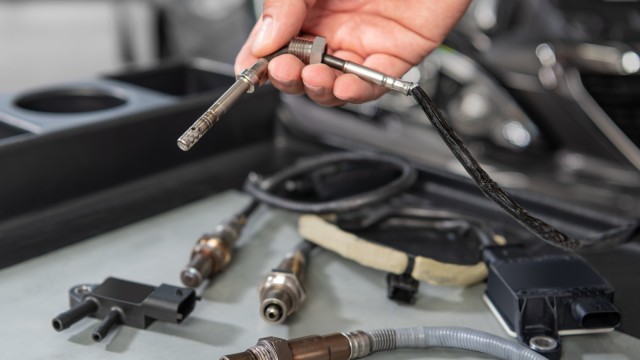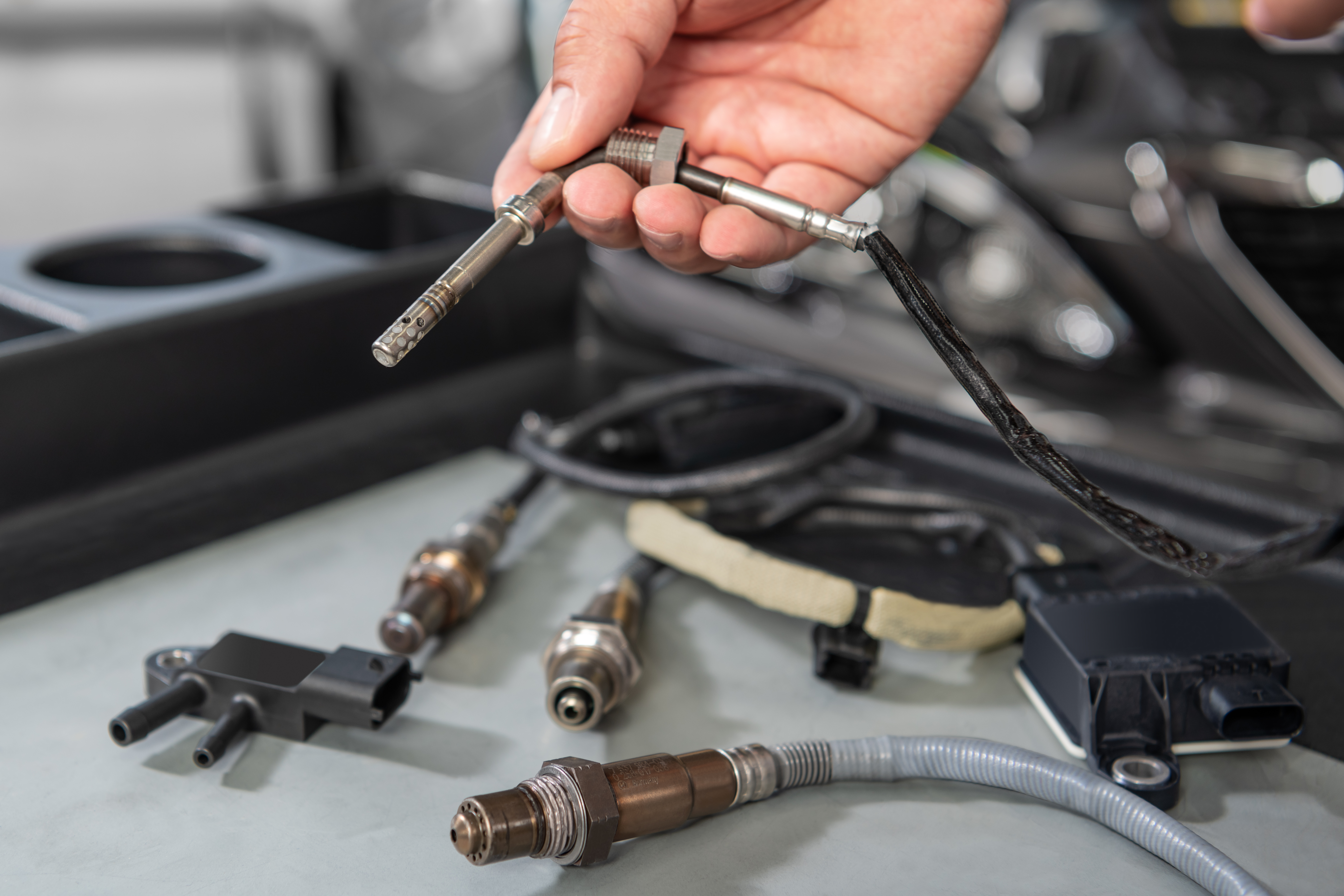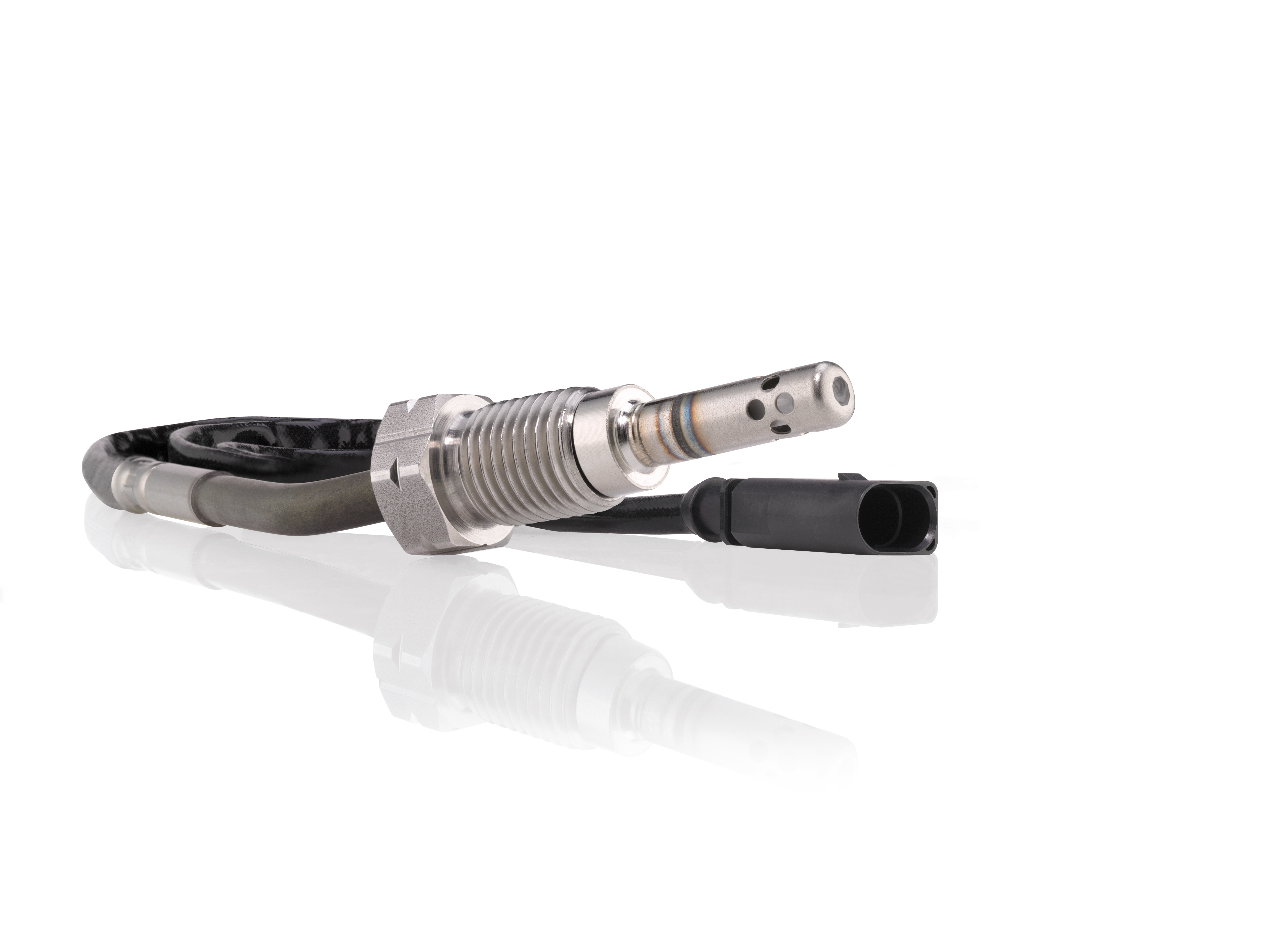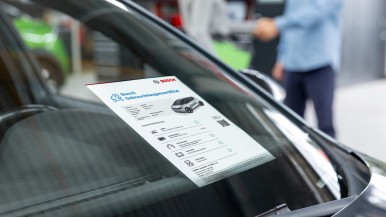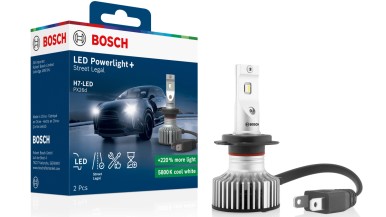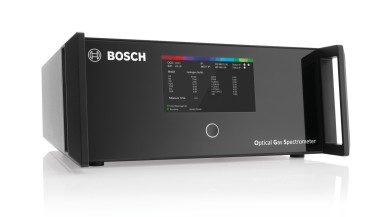Karlsruhe, Germany – Exhaust-gas temperature sensors play an important role in modern vehicles, particularly when it comes to meeting emissions limits. Defective or worn sensors should therefore be replaced promptly. With this in mind, exhaust-gas temperature sensors have been part of the Bosch portfolio for the workshop market since 2020. A further 107 part numbers were added to the range at the end of 2023. The complete portfolio now includes around 50 different exhaust-gas temperature sensors for heavy and light trucks and over 230 for passenger cars. Ten percent of the sensors in the portfolio are suitable for hybrid applications in the European market. The more than 250 part numbers in the portfolio cover 45 million vehicles featuring temperature sensors in Europe. The sensors are now available from stock for workshops to order. Together with particulate sensors and nitrogen oxide sensors (NOx), workshops can draw on a comprehensive range of sensors for the precise control of exhaust-gas composition. With its many years of systems expertise in exhaust-gas treatment, Bosch is one of the leading suppliers of exhaust-gas sensors. At Bosch, all sensors are tested to the same high quality standards as original equipment. In 2024, the company is planning to include some 70 further exhaust-gas sensors in its workshop portfolio.
Readers’ contact:
Robert Bosch GmbH
Mobility Aftermarket
Phone +49 9001 942010
E-Mail: Kundenberatung.Kfz-Technik@de.bosch.com
Contact person for press inquiries:
Laura Cichecki,
Phone +49 721 942-2982
The Mobility Aftermarket division (MA) provides the aftermarket and repair shops worldwide with modern diagnostic and repair shop equipment and a wide range of spare parts – from new and exchange parts to repair solutions – for passenger cars and commercial vehicles. Its product portfolio includes products made as Bosch original equipment, products developed in-house and specifically manufactured for the aftermarket, as well as services. About 16,000 associates, as well as a global logistics network, ensure that spare parts reach customers quickly and on time. MA supplies testing and repair-shop technology, diagnostic software, service training, and information services. In addition, the division is responsible for the “Bosch Service” repair-shop franchise, one of the world’s largest independent chains of repair-shops, with some 13,000 workshops, and more than 1,000 “AutoCrew” partners in over 100 countries. In addition, with Bosch Classic, MA supports owners of classic cars with a wide range of spare parts and services.
Additional information can be accessed at www.boschaftermarket.com
The Bosch Group is a leading global supplier of technology and services. It employs roughly 418,000 associates worldwide (as of December 31, 2024). The company generated sales of 90.3 billion euros in 2024. Its operations are divided into four business sectors: Mobility, Industrial Technology, Consumer Goods, and Energy and Building Technology. With its business activities, the company aims to use technology to help shape universal trends such as automation, electrification, digitalization, connectivity, and an orientation to sustainability. In this context, Bosch’s broad diversification across regions and industries strengthens its innovativeness and robustness. Bosch uses its proven expertise in sensor technology, software, and services to offer customers cross-domain solutions from a single source. It also applies its expertise in connectivity and artificial intelligence in order to develop and manufacture user-friendly, sustainable products. With technology that is “Invented for life,” Bosch wants to help improve quality of life and conserve natural resources. The Bosch Group comprises Robert Bosch GmbH and its roughly 490 subsidiary and regional companies in over 60 countries. Including sales and service partners, Bosch’s global manufacturing, engineering, and sales network covers nearly every country in the world. Bosch’s innovative strength is key to the company’s further development. At 136 locations across the globe, Bosch employs some 87,000 associates in research and development.
Additional information is available online at www.bosch.com, www.bosch-press.com.
